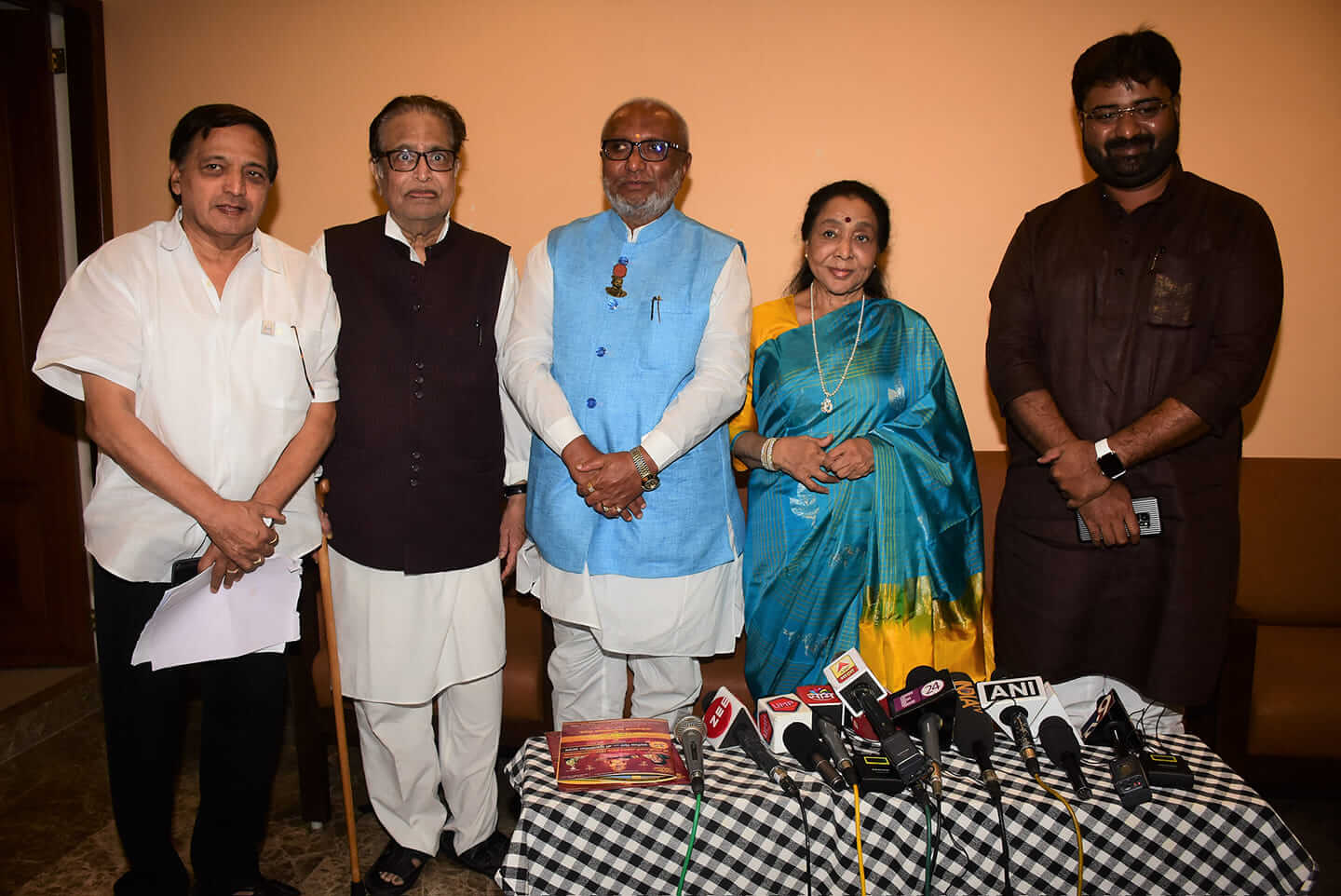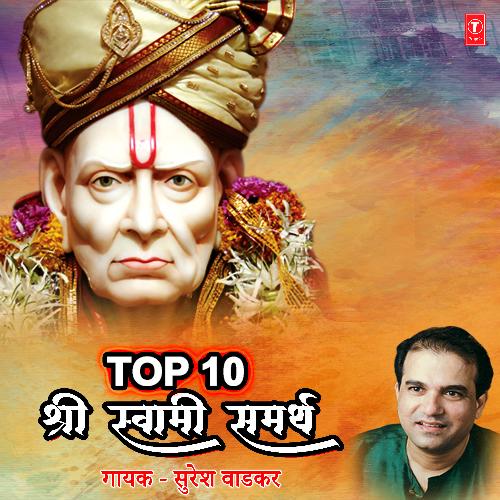
His well-known work Dasbodh has been translated to several other Indian languages. He also had aarti composed in dedication to several other Hindu deities. His other works include the aarti commemorating Hanuman, S atrane Uddane Hunkaar Vadani and the aarti dedicated to the Hindu deity Vitthala, Panchanan haivahan surabhushan lila. One of his most popular aarti commemorates the Hindu deity Ganesha, and is popularly known as Sukhakarta Dukhaharta. His compositions also include numerous aarti (worship rituals). Manache Shlok (co-written by Kalyan Swami).Listed below are some of his notable literary works. A major chunk of his Marathi literature is in the form of verses. He introduced new words to these languages. Apart from Marathi, components of other languages such as Sanskrit, Hindi, Urdu and Arabic can also be traced in his literature. His writings conveyed his direct, forceful and unhesitating approach. His literature utilized precise and lucid language.

Unlike the Warkari saints, Ramdas is not deemed a pacifist and his writings include strong expressions encouraging militant means to counter the aggressive Muslim invaders. His literary works include Dasbodh, Karunashtakas, Sunderkand, Yuddhakand, Poorvarambh, Antarbhav, Aatmaaram, Chaturthman, Panchman, Manpanchak, Janaswabhawgosavi, Panchsamasi, Saptsamasi, Sagundhyan, Nirgundhyan, Junatpurush, Shadripunirupan, Panchikaranyog, Manache Shlok and Shreemad Dasbodh. Ramdas had extensive literature written during his lifetime. Pandit Raghunath, a contemporary religious figure also became his disciple. He also had a temple of the Hindu goddess Durga constructed at Pratapgad, a fort near Satara. Temples established by him have been found across India in regions including Jaipur, Varanasi (also Kashi), Thanjavur (formerly Tanjore) and Ujjain. He also had Hanuman temples built in other parts of Maharashtra and across the Indian subcontinent. These are now commonly referred to as the 11-Maruti (see list below). He initially had eleven Hanuman temples constructed in various regions of southern Maharashtra. Around 1648, he had an idol of Rama installed at a newly built temple in Chaphal, a village near Satara. He is claimed to have established somewhere between 7 matha during his travels. He established several matha (monasteries) across the Indian subcontinent. He is also believed to have discovered idols of Rama in the Krishna river.Īs part of his mission to redeem spirituality among the masses and unite the distressed Hindu populations, Ramdas initiated the Samarth sect. Later while at Masur near Satara, he arranged for Rama Navami celebrations that were reportedly attended by thousands. Around this time, he is thought to have met the sixth Sikh Guru Hargobind at Srinagar.Īfter concluding his pilgrimage, he returned to Mahabaleshwar, a town near Satara, Maharashtra. He also traveled to the Himalayas during this period. These literary works provide a rare insight into the then prevalent social conditions in the Indian subcontinent. He had these observations recorded in two of his literary works Asmani Sultania and Parachakraniroopan. He also observed (and documented) the atrocities that the Muslim rulers committed on the common masses. He made observations on the effects of natural calamities such as floods and famine on human life.

He traveled for twelve years and witnessed the then existing social realities. Pilgrimage and spiritual movement Īfter leaving Taakli, Ramdas embarked on a pilgrimage across the Indian subcontinent. He later had an idol of Hanuman installed at Taakli and he was devotee of both Rama and Hanuman. He adopted the name Ramdas probably around this period. He is thought to have attained enlightenment at the age of 24. During this period, he adhered to a rigorous daily routine and devoted most of his time to meditation, worship and exercise. At Taakli, he spent the next twelve years probably between 16 as an ascetic in complete devotion to Rama. Then at the age of twelve, he is believed to have walked to Panchavati, a Hindu pilgrimage town near Nashik. It is believed that Narayan turned into an introvert after the demise of his father and was often noticed to be engrossed in thoughts about the divine.Īccording to legend, Narayan fled his wedding ceremony upon hearing a pundit chant the word 'Saavdhan' (Beware!) during a customary Hindu wedding ritual. His father died when Narayan was around seven years of age. Ramdas had an elder brother named Gangadhar.

His father was a devotee of Surya, the Vedic solar deity. He was born into a Marathi Deshastha Rigvedi Brahmin family to Suryajipanta and Ranubai Thosar. Ramdas or previously Narayan was born at Jamb, a village in present-day Jalna district, Maharashtra on the occasion of Rama Navami, probably in 1608.


 0 kommentar(er)
0 kommentar(er)
